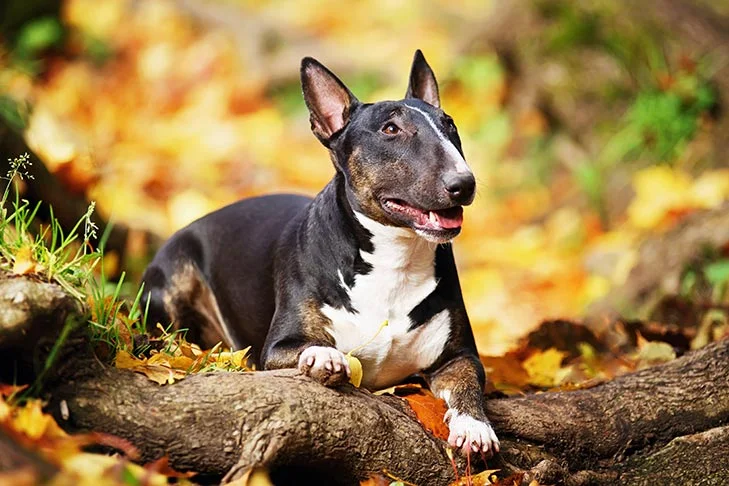In almost every manner, the Miniature Bull Terrier is a miniature version of the Bull Terrier. These happy, naughty dogs have terrier fire and fearlessness. The Mini is the only dog who might claim the title “Clown Prince of Dogdom.”
The Miniature Bull Terrier, like the class clown or an attractive youngster, is full of mischief and great spirits. No other breed has square bodies and egg-shaped heads like it. These petite, muscular terriers are robust, lively, brave, and a lot of fun. As entertaining as he is, allowing your Miniature Bull Terrier dog to commit too many high jinxes is not a good idea. He’ll be at his best with early socialization and patient instruction; you couldn’t ask for a better outcome.







 Health
Health Grooming
Grooming Exercise
Exercise Training
Training Nutrition
Nutrition